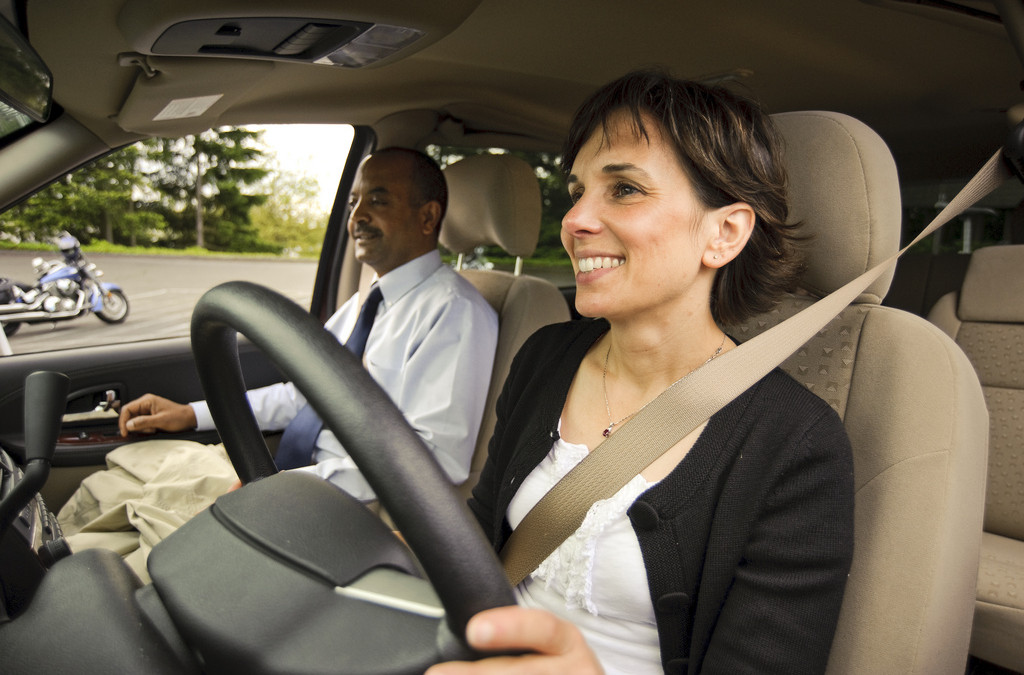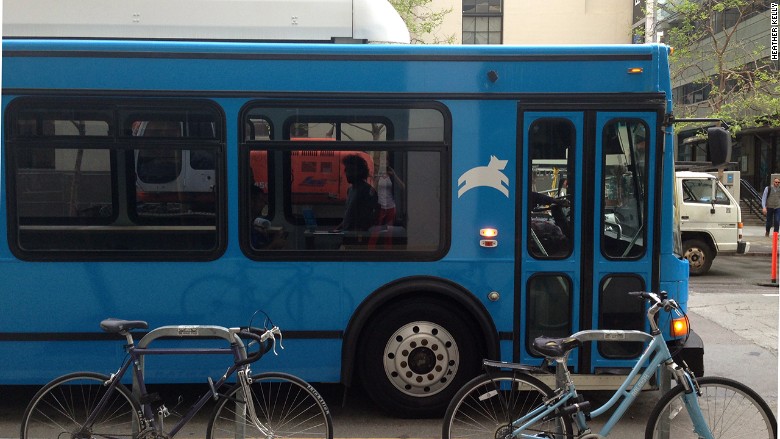
by mattchristensen00 | May 16, 2015 |
By Oliver Brown In most industrialized countries, households depend on personal vehicles for getting around. In the US, for example, there are two cars for every household.1Society pays a high price for this inefficient system of transport in the form of pollution, congestion, and other societal costs. But in cities that are densely populated, where alternative transport options are available and where everyone is connected through the web, does it make sense for the majority of households to own a car? The emergence of new business models that facilitate carsharing and ridesourcing is leading many to ask themselves this question. The Problem with Car Ownership The list of societal costs from road transport is long. They include the effect of carbon dioxide emissions on climate change, local air pollution, traffic congestion, road accidents, road damage, and noise pollution, to name a few. These costs are significant. For example, road transport accounts for more than a fifth of global carbon dioxide emissions from fossil fuels,2 making it a key contributor to global climate change. Road congestion is expected to cost Europe and the US a total of US$293 billion by 2030.3 But the prevailing ‘car ownership’ model of transport has a number of characteristics that make road transport more damaging than it need be. One such characteristic is the cost structure of car ownership over time.4 Owning a car involves large fixed costs, including the car purchase, registration, and insurance. However, the costs of using the car—the most visible of which is fuel—are relatively low. Such a cost structure fails to provide a sufficient incentive for car owners to minimize driving and...

by mattchristensen00 | May 5, 2015 |
To view and download the PDF summary, click here. By Susan Shaheen (UC Berkeley’s TSRC), Matt Christensen (UC Berkeley’s TSRC), and Gerry Tierney (Perkins + Will) Smart Cities Series This workshop, held on Wednesday, February 18, 2015, was a continuation of the Urban Mobility series held by AGRION, Perkins+Will, and UC Berkeley’s Transportation Sustainability Research Center (TSRC). The preceding workshops included: Evolving Urban Mobility: A New Regulatory Environment (March 27, 2014) Urban Mobility Workshop: Public-Private Collaboration and Data Sharing (June 19, 2014) Public/Private Urban Mobility Data Sharing: Evaluating Security and Privacy Solutions (November 13, 2014). In these previous workshops it was identified that all socio-demographic groups, including low-income and otherwise disadvantaged communities, must be accounted for in developing smarter, safer and more efficient cities. This workshop was designed to address how innovation and transportation development can be framed and adjusted to be more inclusive of all people in an urban environment. Workshop Introduction Gerry Tierney began Workshop #4 by defining the core of this workshop—namely, that we must not develop innovations and plan transportation networks for “winners and losers;” rather, we should plan for a new, inclusive mobility environment for all communities and socio-demographic groups. Professor Susan Shaheen then provided the context of the workshop in relation to the evolution of the previous events. She highlighted that the digital and income divide is becoming increasingly prevalent as the smartphone and other technologies permeate into our transportation networks, and we must remember that the public good must come first so that social and environmental goals remain the framework for present and future urban mobility systems. Panelist Presentations Tilly Chang, Exec....

by mattchristensen00 | Apr 17, 2015 |
Over the last year, Agrion, Perkins + Will, and UC Berkeley’s Transportation Sustainability Research Center have led a series of workshops regarding a range of urban mobility issues. Each of these workshops have been summarized and provided in PDF form below. 1. Evolving Urban Mobility: A New Regulatory Environment (March 27, 2014) 2. Urban Mobility Workshop: Public-Private Collaboration and Data Sharing (June 19, 2014) 3. Public/Private Urban Mobility Data Sharing: Evaluating Security and Privacy Solutions (November 13, 2014) 4. Crossing the Digital and Income Divide: Making Mobility Innovations Accessible to All (February 18,...

by mattchristensen00 | Apr 15, 2015 |
By Dara Lee What sold Matt Lee on the latest transportation startup was the promise that he could sit down during his commute to work. Lee, who works in downtown San Francisco, has about a three-mile ride from his home in the Haight-Ashbury neighborhood, which is roughly in the center of the city, to his office. Typically that trip takes about 30 minutes, and sometimes the buses are so full he has to wait for one or two to pass before he can squeeze on for standing room. So Lee began using a new private shuttle service called Chariot, which launched in April 2014. Chariot hopes to provide an alternative to San Francisco’s municipal busing system, aka Muni, for a fee of about $2 more per ride. For Lee, the cost is worth it for the luxury of sitting. “Basically it comes down to being able to sit,” Lee said. “Sometimes I like to work and I can use my laptop and not be all squished.” That promise of a comfortable commute is powering some of the newest startups in the tech industry. In San Francisco, Chariot and another service called Leap have begun sending buses across the city, taking on customers who pay with via smartphones. In true Silicon Valley style, all buses come Wi-Fi enabled, and Leap’s buses even have a coffee bar and counters where riders can tap away on their laptops. To read the entire article, click here....
by mattchristensen00 | Apr 10, 2015 |
By Nate Berg The bus stop, outside a pancake restaurant in San Francisco’s upscale Marina district, is like any other. The bus is not. Sky-blue, minimally branded, advertisement-free, it pulls up to the curb, where a handful of young, affluent people wait, phones in hands. As we step through its doors it feels like we’re entering some sort of a mirror world, a bizarro version of a bus where crowds, security cameras, rule signs and the dusty soot of city commuting have all been replaced by polished wood, black leather, spacious seating and a general air of calm cleanliness. Passengers hold up their smartphones to scan QR code tickets on a mounted tablet at the front of the bus, and move into the seating area. A few rows of plush leather armchairs face a row of stools at a laptop-friendly bar. One woman opens a laptop. The others – there are just seven riders on this recent Friday morning commute – are deeply engrossed in their phones. The bus attendant, like a steward on a plane, mans a mini-fridge stocked with drinks and snacks for sale. He’s got two varieties of iced coffee, cold-pressed juices, yoghurts and granola bars. You can buy them via credit card through Leap’s app, and he’ll hand-deliver them to you in your seat. To read the full article, click here....





